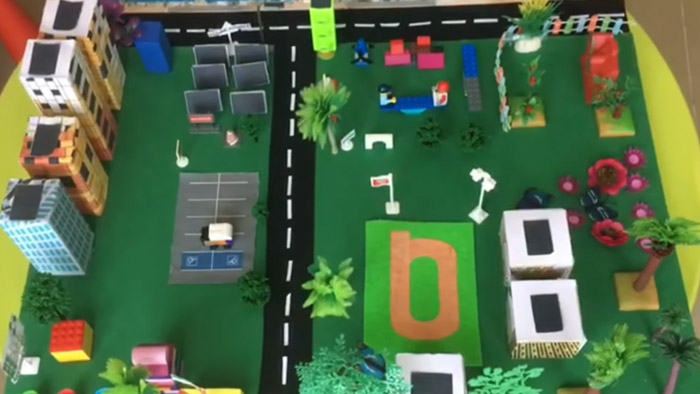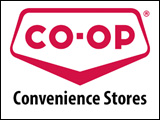“What is your vision of Steinbach in 20 years?” was a question addressed by the candidates for Steinbach Council in a discussion last week (October, 2022). A lot of good things were mentioned, such as support for industry, infrastructure, retaining our young adults, safety, recreation, public transit, and clustered communities with amenities available within easy distance.
I hope that we will also dream and plan to address climate change and other pressing environmental issues.
The projected effects of climate change worldwide are dire. Severe threats are already being seen in terms of water: drought, flooding, and rising sea levels. These are projected to get much worse. It is important for us to be aware of these effects so that we are motivated to take action to minimize them.
A critical step in minimizing climate change is to transition completely from fossil fuels by both reducing our overall energy consumption and by using renewable energy instead. This will result in the protection of our well-being, even our survival, and the well-being of our children and grandchildren.
In addition to these are the possibility of immediate benefits. A few days ago, I heard of a Climate Opportunity Map for USA developed by Alexander Gard-Murray. This interactive map provides estimates of immediate benefits in terms of additional jobs and health benefits, by district, resulting from the conversion from fossil fuels to renewable energy.
In 2022, the Canadian government, in step with countries around the world, announced emissions reduction targets for the years 2030 (40 to 45%) and 2050 (100%). The year 2030 is 8 years from now. Will Steinbach have achieved 40% emissions reductions by 2030? Not unless we begin reducing our emissions very soon.
Some things can be done relatively easily; others are more difficult. Close at hand are the buildings we live in, our transportation, our lifestyles, our clothing, our food, our vacations.
Our family recently considered various energy conserving and energy capture/production features for a new house. Many practical options are available right now. Using electricity for all our house energy needs reduces the house GHG emissions to zero. Our solar PV system has worked admirably. We should have included more passive energy features like increased exterior wall insulation. All the items considered have significant payback.
The adoption of these features would be increased considerably by inclusion in Manitoba’s Building Code, for which upgrades are long overdue.
Transportation contributes significantly to our emissions. Other provinces are making good progress in attracting investment in the manufacturing of various electrical vehicle components, including batteries. I am confident that Steinbach could come up with innovative ways to boost the use of electric and other green fuel vehicles and to capture a piece of the burgeoning green vehicle industry, including trucks and agricultural vehicles and machinery. Manitoba would be a good site for cold weather testing.
The Climate Action Team has published Manitoba’s Road to Resilience (2021) which provides a good overview of and directions for buildings, transportation and other sectors.
Moving boldly to emissions reductions for the City of Steinbach may seem like a daunting task. However, the benefits are significant. I believe that once we get started, we will be surprised at what can be done and how beneficial this can be.
Fortunately, the work to be done is non-partisan and is open to people of all faiths and ethnicities.
I suggest that we switch from a tentative approach in which we emphasize costs and difficulties to: let’s resolve to reduce our emissions and then find the most beneficial, most just, and most cost-effective way of accomplishing this.
Below are some ideas to help in building climate solutions:
- Initiate a visioning/planning process for Steinbach, with a goal of producing a draft Green Plan for the City of Steinbach within 2 years. Listing and quantifying present emissions would be a good early step.
- Increase awareness of climate change solutions throughout school curricula.
- Feature emerging renewable fuels technologies in High School.
- Include net zero emissions and net zero energy in the Manitoba Building Code.
- Install electric vehicle charging stations in Steinbach, the Automobile City.
- Produce a Climate Opportunity Map for Canada, and publicize Manitoba’s benefits.




